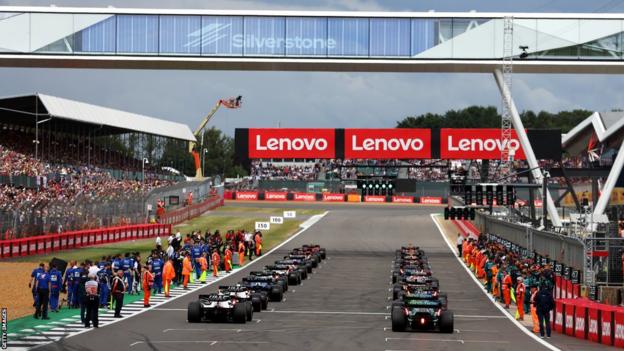
The story of Silverstone and some of Formula 1’s most famous bends is being told in a new podcast series focusing on the home of British motorsport.
The Total Sports Podcast, Corner by Corner: Silverstone looks back at 75 years of history through the experiences of the people who have witnessed some of its most iconic moments.
In the week leading up to this year’s British Grand Prix on 9 July, and designed for both long-standing fans and newcomers to the sport, it delivers unique stories and perspectives from behind the scenes.
Here are five things we learned from the five-episode series presented by F1 fan and podcaster Ollie Peart, which is available to listen to now.
1. The race that put Silverstone on the map
In the here and now, Silverstone is a giant of international motorsport, but its story could easily have been so different.
There had been grand prix racing in Britain as early as 1926, but after a hiatus during World War Two, the British Racing Drivers’ Club (BRDC) wanted to bring it back to the UK in 1948.
In its search for a venue, the BRDC found an abundance of now unused Royal Air Force (RAF) bases.
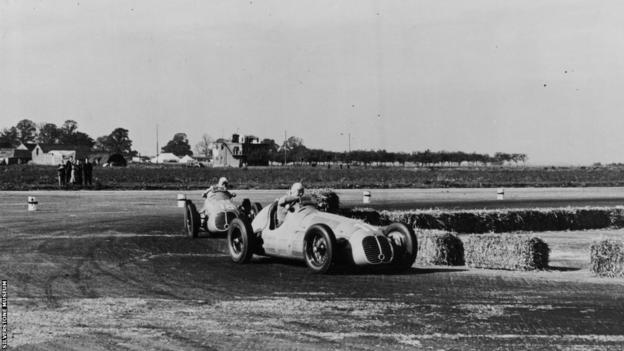
One, in the centre of the country, appealed to them most. It was flat and clear of trees – a key safety consideration. It was Silverstone.
With its scope for high-speed racing, the 1948 British Grand Prix thrilled fans – but it could have ended in disaster.
The race was held in an era when some drivers competed in their best tweed suits and before safety belts were mandatory.
In a remarkable crash at Maggotts corner, Geoffrey Ansell rolled into hay bales and was thrown from his ERA car. Incredibly, he was unscathed – even refusing an ambulance.
Stephanie Sykes-Dugmore, archivist at Silverstone, tells the podcast: “It was so successful that there was a second race in 1949.
“Without the 1948 Grand Prix, without Silverstone being chosen, without it being considered a success… the rest is history.”
Come 1950, the circuit would be home to the first race of the Formula 1 era.
2. Silverstone is a ‘sleeping giant’
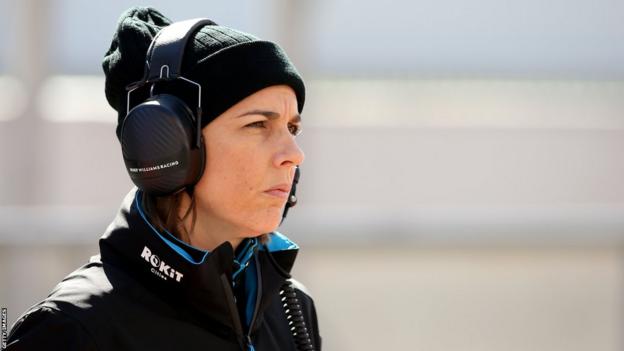
Few people have a connection with the Northamptonshire circuit quite like former Williams deputy principal Claire Williams.
She ran the Oxfordshire-based team, founded by her father – the late Sir Frank Williams – from 2013 until 2020 – and “grew up” with the track.
“There’s just an energy that’s indescribable [at Silverstone],” she tells the podcast. “It’s just a heavenly place, there’s so much history there.”
Describing the “vibe” of the venue, Williams says it has “its own brilliant personality”.
Explaining the feeling of arriving early for a race weekend, she says: “It’s almost like this sleeping giant, waiting for cars, waiting for the noise, the smells and the fans.
“Then an event happens and it’s like this huge, great thing that comes alive. It’s why Silverstone has lasted the distance. It defines the sport and should always have a place on the calendar.”

3. Surviving the crash that caused 11 retirements
Everyone has a story, and there are plenty of them in Formula 1.
Jody Scheckter is no different. The South African won the 1979 World Championship, but in the 1973 British Grand Prix his spin at Woodcote corner triggered an infamous pile-up that ultimately caused 11 retirements.
After losing control and veering into a wall, his McLaren rolled back onto the racing line.
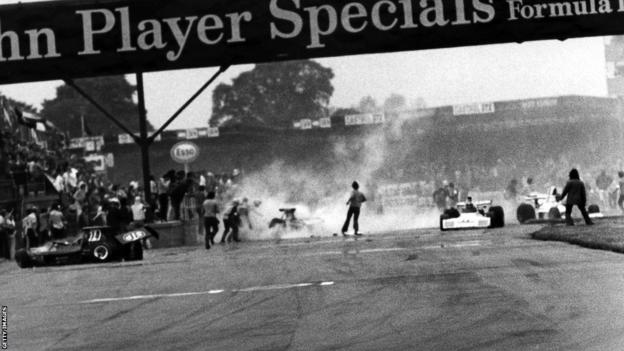
Reflecting on the incident, he remembers instinctively trying to shield himself in his cockpit as cars collided with his. Italian driver Andrea de Adamich suffered leg and ankle injuries and never raced again.
“The biggest achievement in F1 was coming out alive,” said Scheckter. “One to two drivers were killed every year during my career.”
Motorsport is inherently dangerous, and it probably always will be, but advancements in safety in the sport mean that the scale of fatalities seen in the early years of Formula 1 is now greatly reduced.
4. Rivalries can bring people together
If you want a perspective of just how powerful a Formula 1 car is, there are few better places to watch racing than Copse corner.
Speeds of 190mph (306km/h) are one thing, the brutal lateral forces of 5.2G that the drivers experience another altogether. It is among the fastest corners on the F1 calendar.
And in 2021, it was where fierce title rivals Max Verstappen and Lewis Hamilton crashed in a chaotic opening lap that sent the Dutchman flying into the barriers on the outside.
With the home favourite able to continue and his rival out of the race, a momentary cheer went up from the partisan home crowd, but the atmosphere quickly turned to concern for Verstappen.
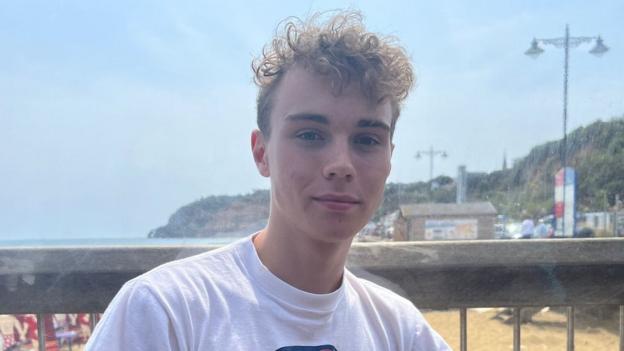
For first-time race attendee Toby Nixon, it was a moment that captured the compassionate spirit of F1 motorsport fans.
In the Copse episode of the podcast, Nixon, 17, explains how that collision brought a new perspective of the sport to those who witnessed it at close quarters.
“There was a real sense of worry that went around,” he says. “There was a big collective relief when Max got out of the car.”
5. Silverstone has magnificent marshals
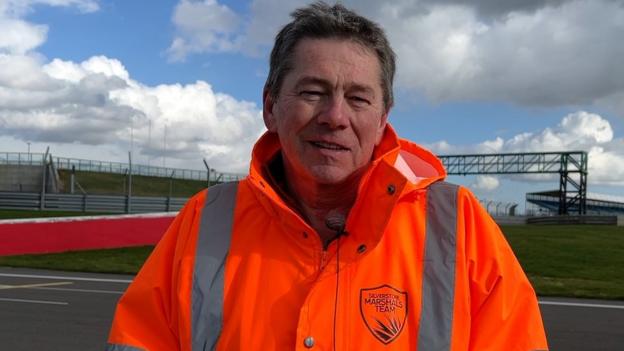
High-speed crashes are a reality of the sport.
In 1999, Michael Schumacher was already a two-time world champion and one of the biggest names in the sport, but a crash in his Ferrari at Stowe would prove season-defining.
A brake failure on the German’s car resulted in him suffering a broken leg after colliding with a tyre wall.
Steve Davies was a marshal that day, and tells the podcast about “springing into action” to reach the scene.
“He was struggling to get out of the car,” he says. “That to me was a relief, it’s people who don’t move, don’t make any noise… they’re the ones I get really worried about.
“We’ve got to be on top of our game while we deal with this. After that, it’s almost like following procedures – supporting the driver, handing them over to medical teams and you’re then starting to see the big picture, how this is going to look.
“You’re going to be on TV in the centre of this.”
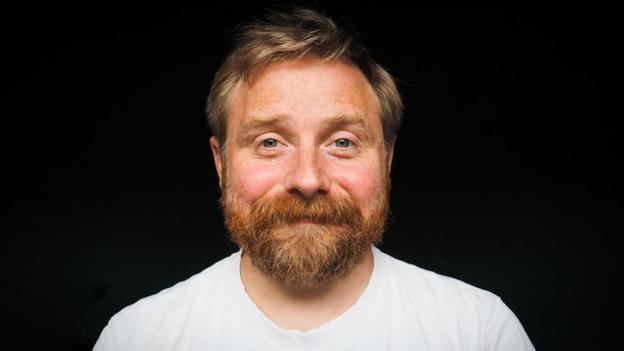
You can listen to every episode of The Total Sports Podcast, Corner by Corner: Silverstone on BBC Sounds
